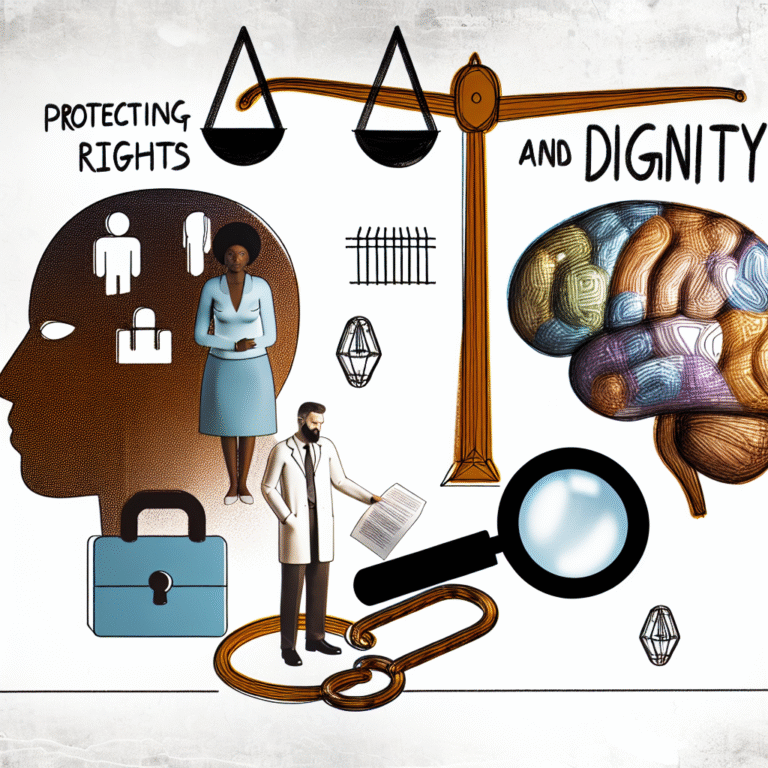
Turn ‘Maybe Tomorrow’ Into ‘Let’s Get Started!’: The Ultimate Guide to Transforming Procrastination into Productivity
Introduction
Have you ever found yourself saying, “I’ll do it tomorrow”? Procrastination can often feel like a comforting escape, a temporary reprieve from the pressures of work and responsibility. But what happens when those "tomorrows" turn into weeks or even months? The truth is, the longer we wait to act, the harder it becomes to start. In this comprehensive guide, we will explore how to Turn ‘Maybe Tomorrow’ Into ‘Let’s Get Started!’ by leveraging practical strategies, motivational insights, and real-world case studies that underscore a critical truth: taking action today sets the stage for success tomorrow.
Understanding Procrastination
Why We Procrastinate
Procrastination serves as a defense mechanism for many. It can stem from fear of failure, perfectionism, or even a lack of clarity about the task at hand. Recognizing the psychological barriers that hinder productivity is the first step in the journey to transforming “maybe tomorrow” into “let’s get started!”
Common Causes of Procrastination:
| Cause | Description |
|---|---|
| Fear of Failure | Worrying that one’s work won’t meet expectations |
| Perfectionism | The need to execute tasks flawlessly, often leading to inaction |
| Overwhelm | Feeling daunted by the size or complexity of a task |
| Lack of Motivation | Disinterest in the task, leading to avoidance |
By diagnosing these underlying issues, we can better formulate a plan to break free from the chains of procrastination.
The Impact of Procrastination
Why It Matters
The consequences of procrastination extend beyond mere missed deadlines; they infiltrate all aspects of life, including mental health, relationships, and career advancement. When procrastination becomes a habit, it can impair self-esteem and hinder personal growth.
Statistics on Procrastination:
| Statistic | Percent |
|---|---|
| Portion of workers who admit to procrastination | 20% |
| Impact on productivity for procrastinators | 25% less efficient |
| Percentage of students who procrastinate | 70% |
These statistics highlight a widespread issue that not only affects personal quality of life but can also have broader implications for workplace productivity and collaboration.
The Path to Action: Strategies to Turn ‘Maybe Tomorrow’ Into ‘Let’s Get Started!’
1. Set Clear Goals
The journey of a thousand miles begins with a single step, and in this case, that step is goal setting. By delineating clear, attainable objectives, you create a roadmap that guides your actions. Start with SMART (Specific, Measurable, Achievable, Relevant, and Time-bound) goals.
Example:
Instead of saying, “I will exercise more,” specify, “I will walk for 30 minutes every morning at 7 AM.” This clarity sets the stage for action.
2. Break Tasks into Smaller Steps
Breaking down tasks makes them less overwhelming. If you’re staring at a mountain of work, it can be easy to feel paralyzed. Aim to decompose larger tasks into smaller, manageable segments.
Case Study: Sarah’s Writing Project
Sarah had a significant project due at work but found herself consistently saying, “Maybe tomorrow.” By breaking the writing task into smaller sections—research, outlining, drafting, and editing—she was able to create a checklist, making it easier to make progress. As a result, she completed her tasks two days ahead of schedule!
3. Use the Two-Minute Rule
If a task takes less than two minutes to complete, do it immediately. This rule eliminates the burden of minor tasks piling up, allowing for a clearer mental slate to tackle more significant responsibilities.
Application:
Whether it’s replying to an email, organizing a workspace, or making a quick phone call, commit to tackling these micro-tasks right away.
4. Establish a Routine
Habits form a core part of our daily routines, and developing a consistent schedule can help eliminate procrastination. Designate specific times to tackle challenging tasks to create a sense of urgency.
Example:
If you know you’ll write from 9 AM to 10 AM every weekday, you set the expectation that this time is reserved for productivity.
5. Hold Yourself Accountable
Having someone to hold you accountable can significantly enhance motivation. Whether it’s a peer, mentor, or accountability group, sharing your goals and deadlines can help keep you on track.
Case Study: Mark’s Fitness Journey
Mark wanted to get in shape but locked himself into his “maybe tomorrow” habits. After joining a fitness group where members would check in with each other weekly, he found that the accountability propelled him to exercise regularly. He transformed his life and lost 20 pounds.
Inspiring Action: Motivational Techniques to Get Started
Visualization and Mindfulness
Visualizing your success can be incredibly powerful. Spend a few minutes daily imagining what achieving your goals feels like. This positive reinforcement can motivate you to take that first crucial step.
Tip: Combine visualization with mindfulness practices to remain focused and calm.
Celebrate Small Wins
Acknowledging your achievements—no matter how minor—can create positive momentum. Celebrate when you complete a segment of your task or reach a mini-goal.
Example:
If you learned a new concept for your project, reward yourself with a treat or a break. This positive reinforcement will strengthen your motivation to keep pressing forward.
Embrace Failure
Understand that failure is a natural part of the process. Instead of avoiding tasks because you fear defeat, create a mindset that views failure as a learning opportunity.
Quote:
Thomas Edison once said, “I have not failed. I’ve just found 10,000 ways that won’t work.” This perspective can be liberating.
Conclusion
Turning “Maybe Tomorrow” into “Let’s Get Started!” is not merely about changing your attitude; it’s about changing your actions. By setting clear goals, breaking tasks down, following routines, and holding yourself accountable, you create an environment conducive to productivity.
Remember, every step you take today brings you closer to your ultimate goal. So don’t let procrastination hold you back any longer. Start today, because tomorrow is not guaranteed!
FAQs
1. What if I feel overwhelmed by my tasks?
Start by breaking your tasks into smaller, more manageable steps. Focus on tackling one segment at a time instead of the entire project.
2. How do I stay motivated when my energy dips?
Explore techniques like visualization and mindfulness exercises to boost your motivation. Additionally, taking short breaks can refresh your energy.
3. Can I overcome procrastination without external help?
Yes, many individuals find success through self-discipline and personal accountability techniques. However, joining a group or finding an accountability partner can enhance your drive.
4. Is procrastination always harmful?
While occasional procrastination is normal, habitual procrastination can create stress and hinder progress, so it’s essential to recognize and address it.
5. How do I set effective goals?
Adopt the SMART goal-setting framework: ensure your goals are Specific, Measurable, Achievable, Relevant, and Time-bound. This will provide clarity and focus.
By implementing the insights outlined in this guide, you’re equipped to transform your procrastination into action, leading you to accomplish your goals. Remember: each action, no matter how small, is a step toward progress. Let’s get started today!
















